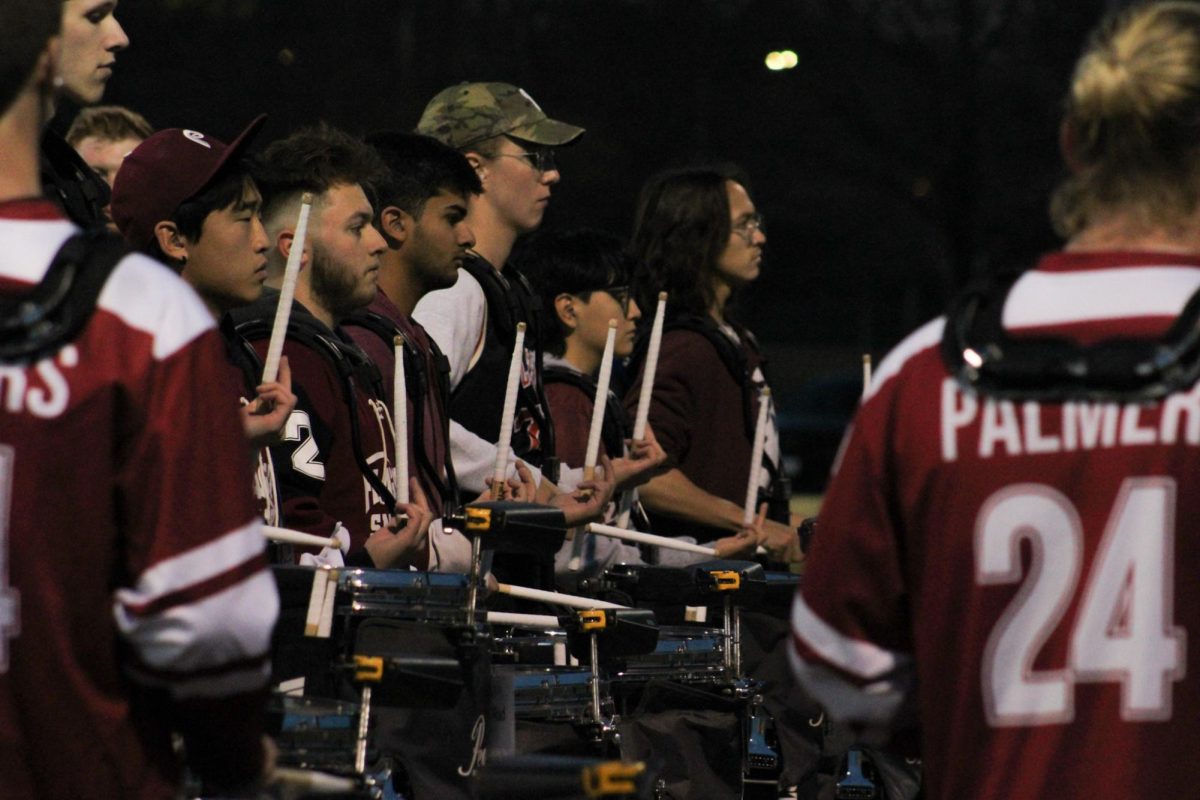
It’s been 11 years since the legendary rap producer James “J Dilla” Yancey passed away. Dilla was an absolute pioneer and master of his craft, but to talk about a Dilla record is to talk about the man himself.
“Motor City,” named after his hometown of Detroit, contains select recordings from Yancey’s vault. At the time of his death, Dilla had several projects in the works, each of which were in varying states of incompletion, but most have been wrapped up and released since his death. “Motor City,” released April 21, feels a lot like the cutting room scraps. While technically robust, its samples are melodically lacking.
The album reminds us of Dilla’s tragic story. Dilla—who died in 2006 of a rare blood disease—worked mostly with artists just outside the mainstream, but his fingerprints can be found all over it. His signature siren tag, unique drum swings and sampling could be found everywhere in the East Coast hip-hop scene. If it wasn’t Dilla, it was someone imitating him.
Sadly, it was his death that propelled him to mainstream stardom. People began talking about him, and about “Donuts,” the classic album he literally recorded on his deathbed with a drum machine. It’s often been seen as the best producer mixtape of all time. When mixing rap, Dilla followed the familiar formula of grabbing obscure vinyls to sample, but he had a very unique way of cutting them up.
He was often infatuated with the rhythm, or melodies with a rhythmic bounce that could be chopped and looped, then cut into short segments and played over and over again. Oftentimes Dilla and other 90s producers would sample old drum breaks from soul or early funk to create the percussion of the hip-hop beat. Dilla was just one of those artists whose work was bursting with so many ideas, you can hear it in his music.
His unique drum swing could connect each measure and simulate the sound of live drums, all with a drum machine. These sounds always accentuated every obscure, finely crafted melody. His cut of The Doors’ “Light My Fire” and 10cc’s “The Worst Band In The World” on “Donuts” shows how well he was always able to completely transform a sample.
“Motor City” feels like the last bits of life squeezed from Yancey’s vault. The songs don’t even have names, they’re merely listed as “Motor City” 1 through 19. For a Dilla record, the beats are very skeletal, where usually his songs have a unique balance of maximalism with a special runway paved for the vocals.
The front half of the album, in which you’ll find orchestral samples of sliced, harsh trumpets and abrasive violins, is more thematically darker. Track 2 has an accompanying vocal cry that bookends each bar and keeps the beat bouncing, while Track 4 is replete with strings that bring a Middle Eastern vibe to the table.
As the album comes around the bend after Track 6, the songs begin to take on the familiarity of a Dilla sample. Track 7 plucks with a guitar and banjo right out of a Western, while Track 8 is a Motown-sampled romp with a 70s synth and grunts on every bar. Dilla keeps things tight, annunciating his downbeat while keeping the more free-flowing production. It’s the definition of the New York boom-bap style.
Track 9 is the gem of the album. Rough, lo-fi soul samples and tickling synths fit snugly in each bar, while carried by a gentle violin. This then fades into the instrumental for Mos Def’s “History.” Soft sopranos echoing the song title are worked into the melody, but stay charmingly rough around the edges. Dilla’s beats are fine tuned and enticingly rough, with authentic grit. A low bass fills each measure with a myriad of other rock instruments chiming in.
The album rolls out the next few songs with a return of the previous skeletal drabness, but a handful possess some redeeming characteristics. Track 17 has a muddy, wobbly synth as a bass that creates a solemn, New York-nightlife club aesthetic.
“Motor City” is such a nice reminder of Dilla’s skill, but is quite forgettable as an album. It has every signature move in Dilla’s arsenal, but nothing ear-catching. What powers a Dilla track is the sample. Even if the production is weak, a melodic sample can very well carry a beat. And the samples are depressingly weak on “Motor City.” I can’t really recommend it for Dilla fans either, and certainly not as an introduction to his work (seriously, check out “Donuts” instead).
You can dissect every track and every nuance that makes a Dilla beat a Dilla beat, but there’s so little melody to work with on “Motor City” that this feels like a wasted effort. Even with this in mind, the album is still miles ahead in skill than that of the average producer. But, the dull “Motor City” doesn’t properly represent the man’s talent.
“Motor City” is still a technical marvel of every skill in J Dilla’s formidable arsenal, but features nothing melodically appealing for newcomers or longtime fans.
Matthew Joseph can be reached at [email protected].


















